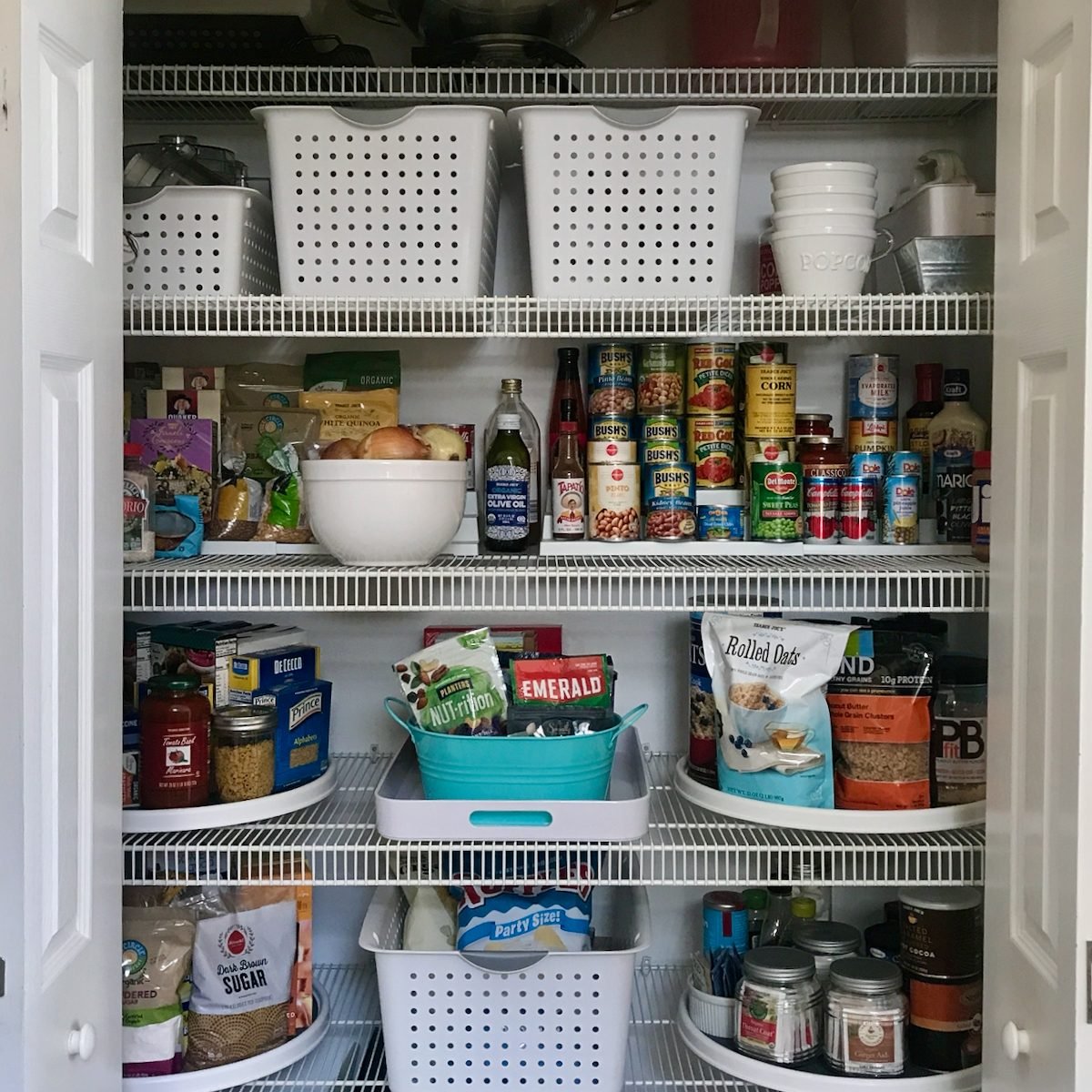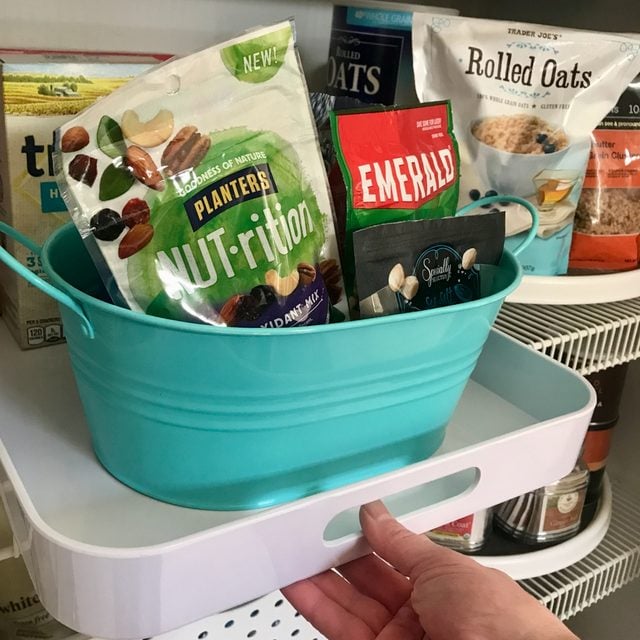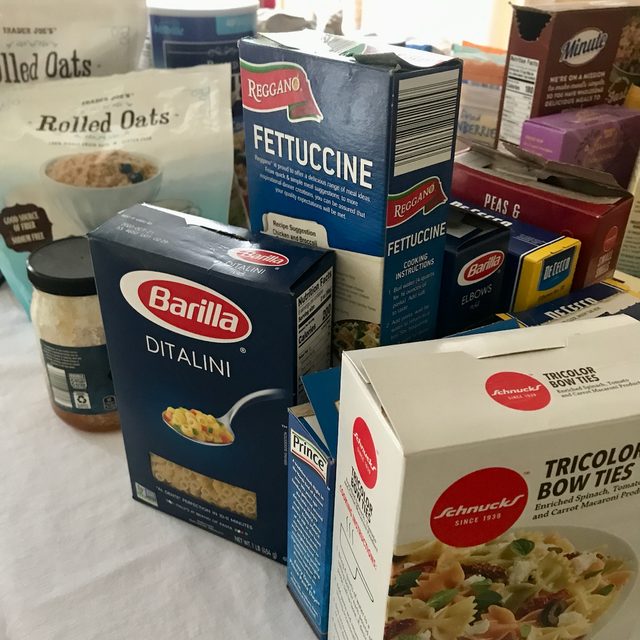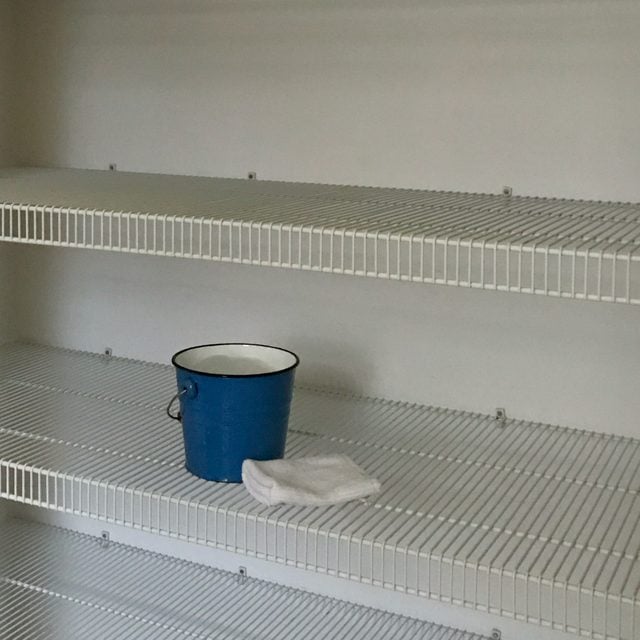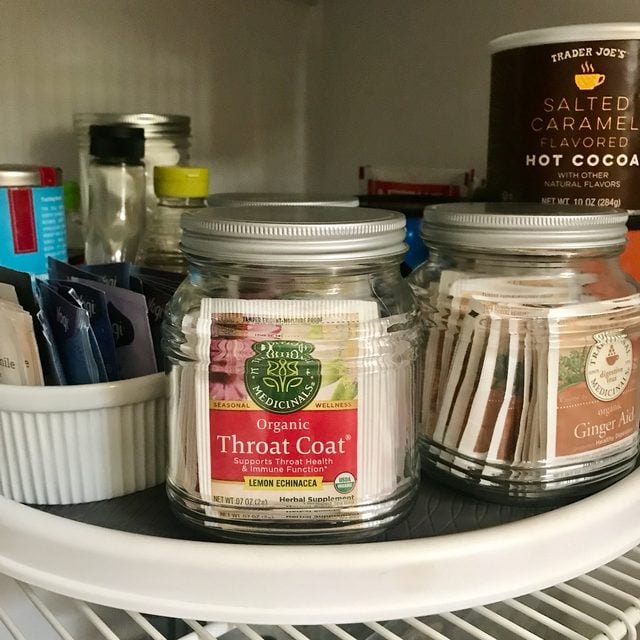Follow these simple steps to set up an organized pantry that will keep items easily accessible while maximizing your available storage space.
Our editors and experts handpick every product we feature. We may earn a commission from your purchases.Learn more.



















